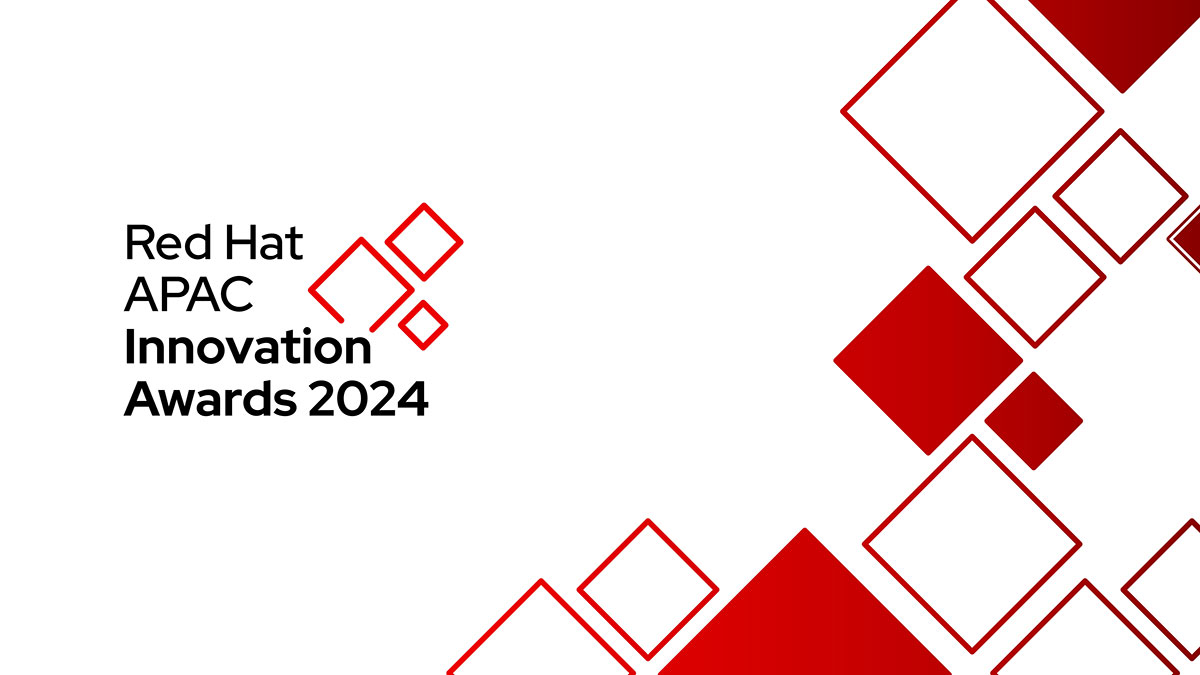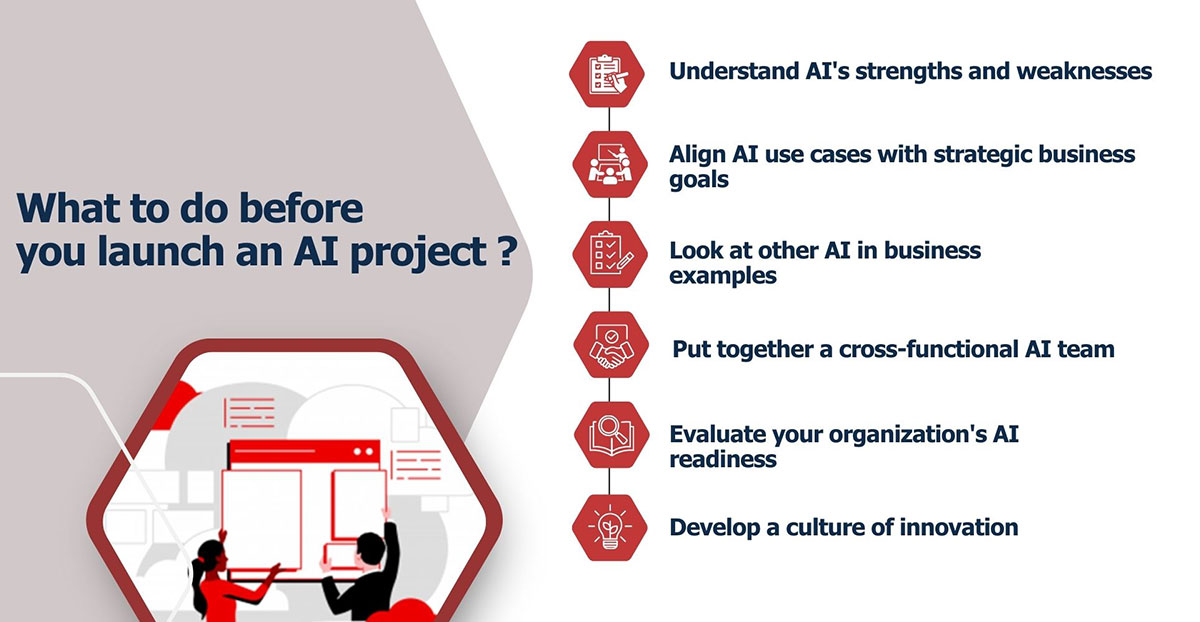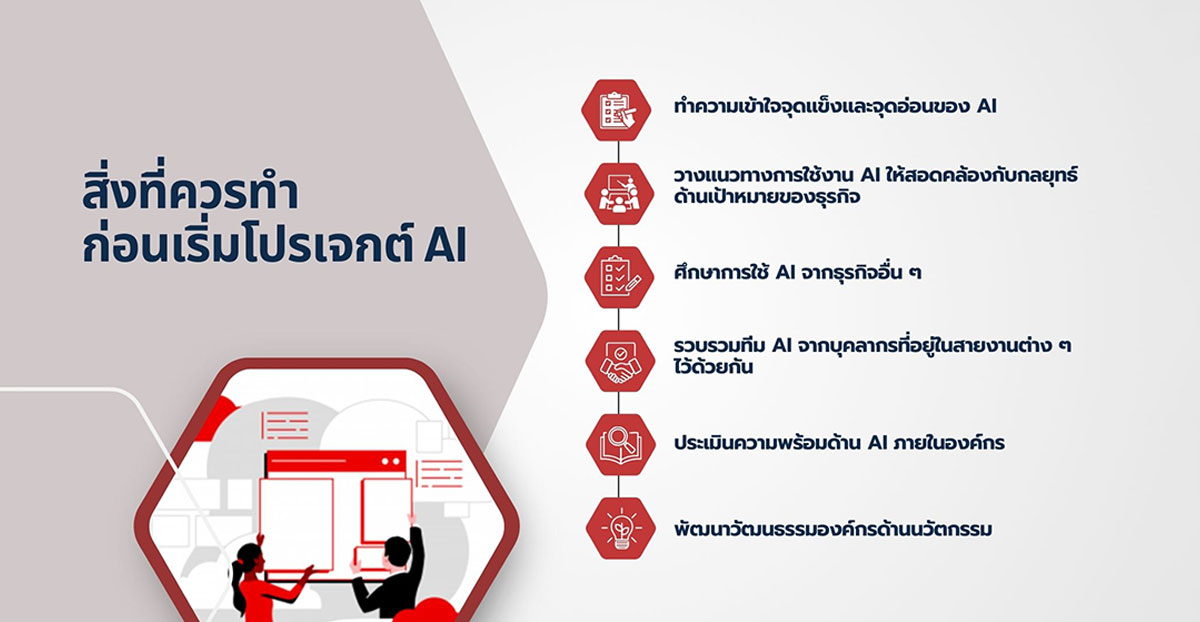Red Hat Honours National ITMX Co., Ltd and Government Savings Bank for Pioneering Open Source Initiatives at the Red Hat APAC Innovation Awards 2024 for Thailand
The winners were handed awards for their achievements in leveraging Red Hat solutions creatively to transform and innovate.
Red Hat, Inc., the world’s leading provider of open source solutions, announced the winners of the Red Hat APAC Innovation Awards 2024 for Thailand today. Red Hat recognised the noteworthy milestones achieved by National ITMX Co., Ltd and Government Savings Bank for their innovative use of Red Hat solutions to address the evolving needs of their customers.
In an ever-evolving global business landscape, the Asia Pacific region (APAC) remains resilient and is, in fact, in the midst of rapid growth. With its dynamic economies, diverse cultures, and vast consumer bases, APAC’s promising territories present growth opportunities for businesses big and small alike. Technology remains a pivotal factor in shaping the business landscape, helping enterprises scale and innovate.
Embodying this year’s theme, “Unlock what’s next”, the Red Hat APAC Innovation Awards celebrates customers who have harnessed the power of open source technologies to drive transformation and innovation. These customers are recognized for demonstrating how enterprises can overcome the dual challenge of managing escalating infrastructure costs alongside evolving business demands. These awards also celebrate the achievements of 31 winners across all 11 countries, showcasing how businesses across the region have successfully leveraged Red Hat solutions to overcome challenges and pioneer new customer-centric solutions.
According to the Red Hat 2024 Global Tech Trends, the top funding priorities for businesses across the APAC region are building cloud-native applications, improving digital user experience and accelerating application/service delivery. These findings highlight the importance of innovative solutions in the awards’ five key categories that reflect areas that can empower organizations to navigate business challenges faced today: Digital Transformation, Hybrid Cloud Infrastructure, Cloud-Native Development, Automation, and Resilience.
The winners were chosen for their outstanding use of Red Hat solutions, demonstrating significant contributions to their business objectives. Each organization exemplifies the transformative potential of open source technology, pioneering advancements in business processes, enhancing productivity, fostering innovation and fortifying resilience in the face of challenges. Their success stories underscore the pivotal role of Red Hat in empowering enterprises across the APAC region to achieve unparalleled growth through strategic deployment of open source solutions.
Category: Digital Transformation and Cloud-Native Development
Winner: National ITMX Co., Ltd
National ITMX (National Interbank Transaction Management and Exchange) has been established as Thailand’s National Payment Infrastructure and plays a pivotal role in advancing payment technology to ensure that the country’s payment systems and financial services are inclusive, efficient, and aligned with the evolving digital economy. As digital payments become the preferred choice for consumers and businesses, National ITMX’s responsibilities continue to expand in support of Thailand’s National e-Payment Roadmap. The company is committed to enhancing scalability, interoperability, and security, fostering a seamless and robust financial ecosystem that drives economic growth and global competitiveness.
As PromptPay continues its rapid expansion, with growing numbers of users and transactions, ensuring scalability, reliability, and interoperability has become more crucial than ever. NITMX has invested in a next-generation payment infrastructure to support this growth, leveraging the Red Hat OpenShift Container Platform, Red Hat Enterprise Linux, and Red Hat Ansible Automation Platform. By embracing containerization, automation, and enterprise-grade open-source technologies, NITMX ensures that PromptPay remains a highly scalable, secure, and resilient digital payment system. These advancements strengthen PromptPay’s ability to handle increasing demand while maintaining seamless integration with financial institutions and payment networks. They also reinforce Thailand’s position as a leader in digital payments and economic innovation.
Category: Digital Transformation and Cloud-Native Development
Winner: Government Savings Bank
Government Savings Bank (GSB) is a social bank with two main objectives: “reduce inequality and create fairness in the society” by utilizing profits from commercial missions to support social missions. The bank maintains a customer base of more than 26 million accounts and continues to modernise its image and services to cater to the needs and preferences of all groups of customers. Driven by the high level of competitiveness in launching new, innovative financial services to expand customer base and increase revenue, GSB saw the need to embark on a digital transformation journey.
GSB worked with Red Hat to transform their application development team through a Red Hat Open Innovation Labs residency, using it to develop their pilot project on lending service. Loan customers can now register and pre-screen loan amounts that better understand loan amounts that they can apply for through the Online Lending Advisor platform in selected branches or online using the GSB MyMo mobile app, instead of going through a manual process which typically involves in-person pre-screening and a lead time of one week or more. This accelerated the process of application development compared to past monolithic applications used, resulting in a better time-to-market for the bank. Within the organisation, the application development teams also adopted the DevOps culture which promotes greater collaboration within the team, resulting in cross-sharing of ideas and leveraging the skills of team members to create innovative applications in a timely manner.
Supporting Quotes
Marjet Andriesse, senior vice president and general manager, APJC, Red Hat
“Despite the uncertain economic conditions in 2024, we have seen the remarkable milestones achieved by our customers. This year, we want to highlight the innovative strides of these organisations at the Red Hat APAC Innovation Awards 2024 as they leverage advanced technologies to drive business initiatives. Open source remains the key to help organisations uncover what is next and pave the way for success with the right tools and expertise.”
Mr. Niwat Kanwaset, Senior Assistant Managing Director Platform Ops BU, National ITMX Co., Ltd.
“To date, we have 80.37 (as of 28 Feb 2025) million Thai users who registered for PromptPay and we proceeded with transactions of more than 23,000 million in seconds (real-time) last year via both the credit transfer and the scan of a QR code. Red Hat has allowed us to enhance scalability, efficiency, and integration speed in local and cross-border QR payments to help us provide a better user experience for digital customers.”
Mr. Mana Suangthonglang, Senior Executive Vice President Information Technology Group,, Government Savings Bank
“In order to reduce inequality and create fairness in the society, it was GSB’s priority to modernise ourselves to meet our customers’ needs. Using Red Hat OpenShift, we saw how an application could be developed and produced within three months, compared to what would have taken a year in the past. Red Hat gave us the confidence to service high volumes of customer transactions with increased business agility and we hope our team’s success would spark the start of another team’s digital transformation journey.”







